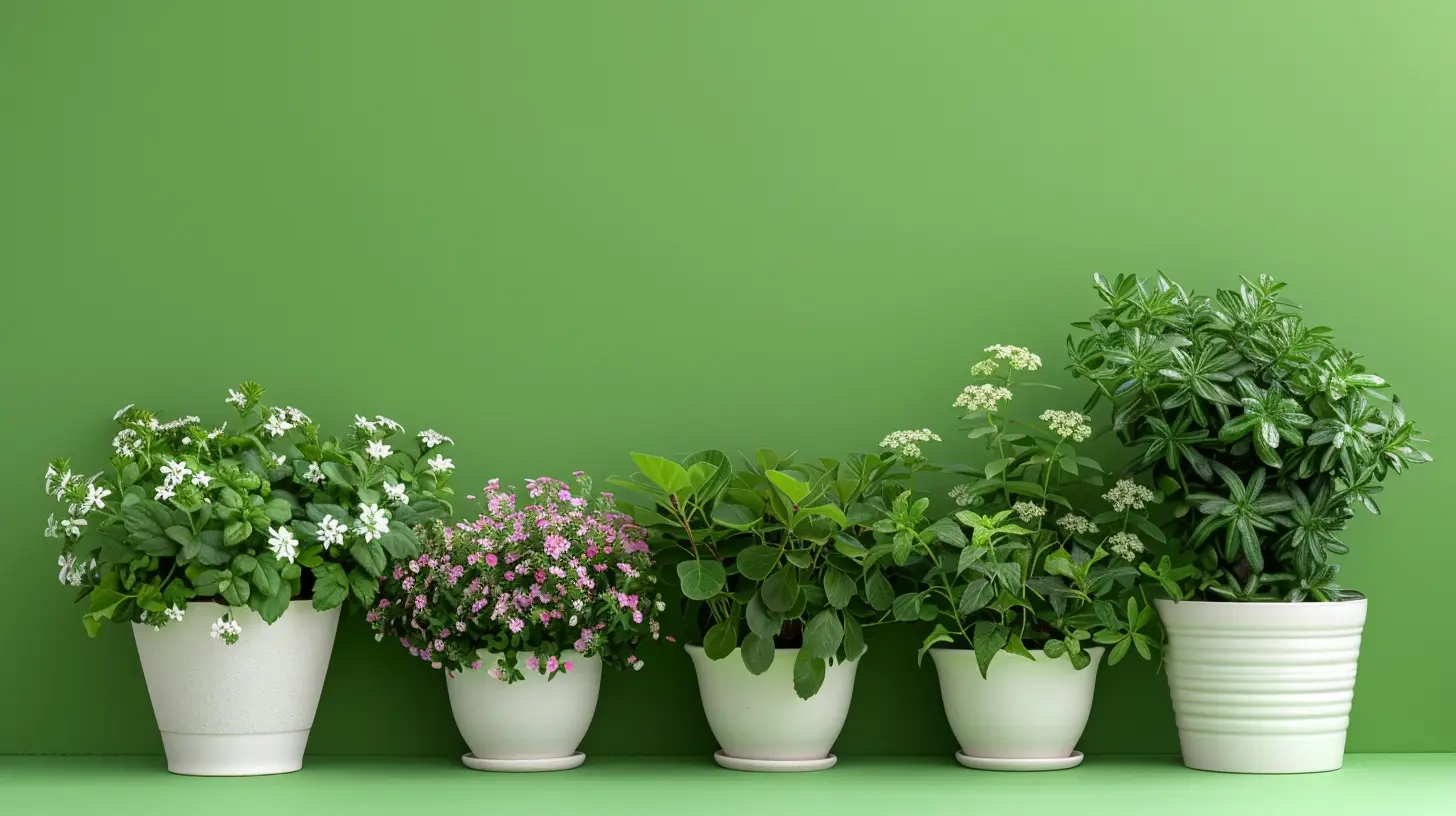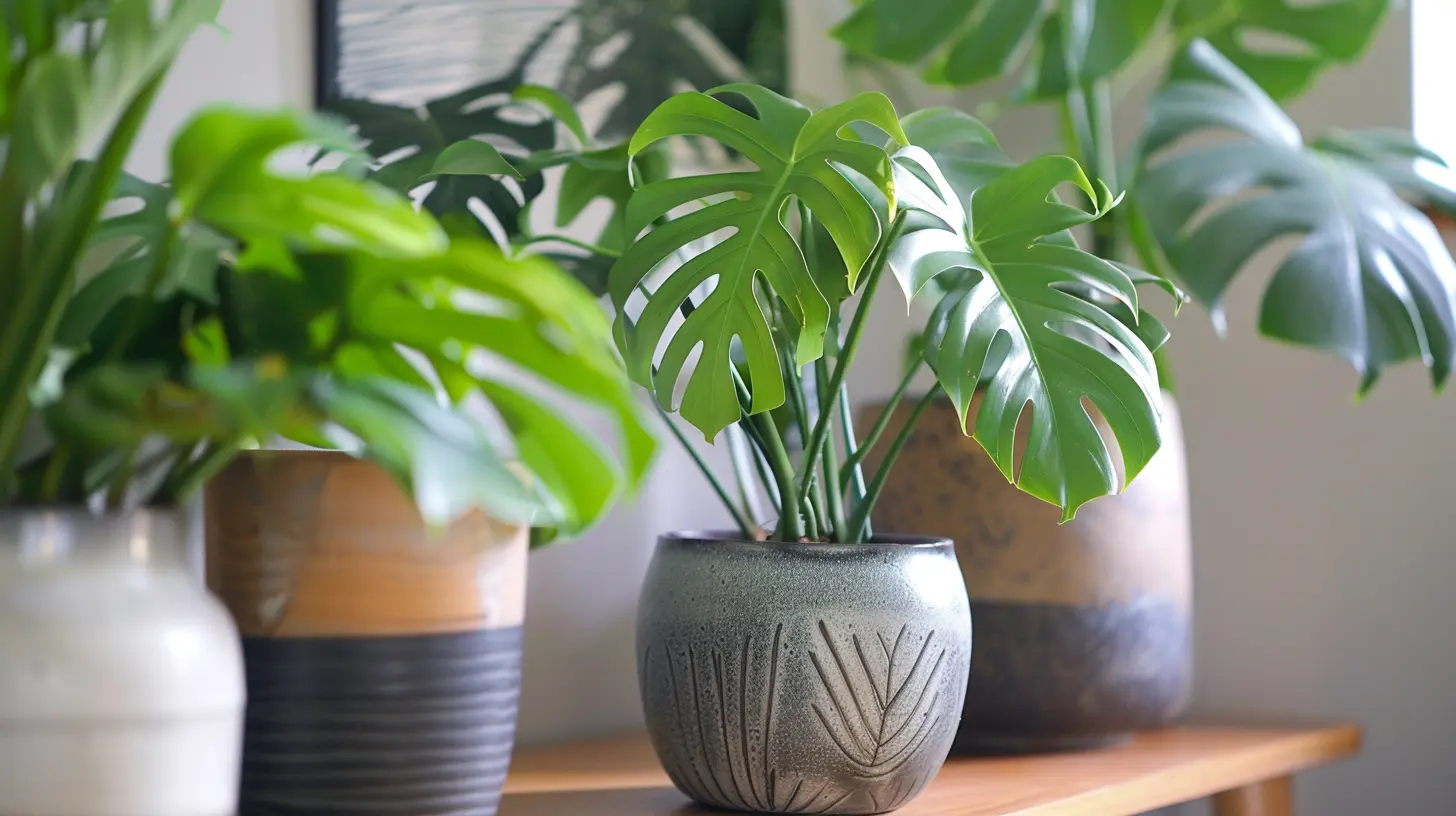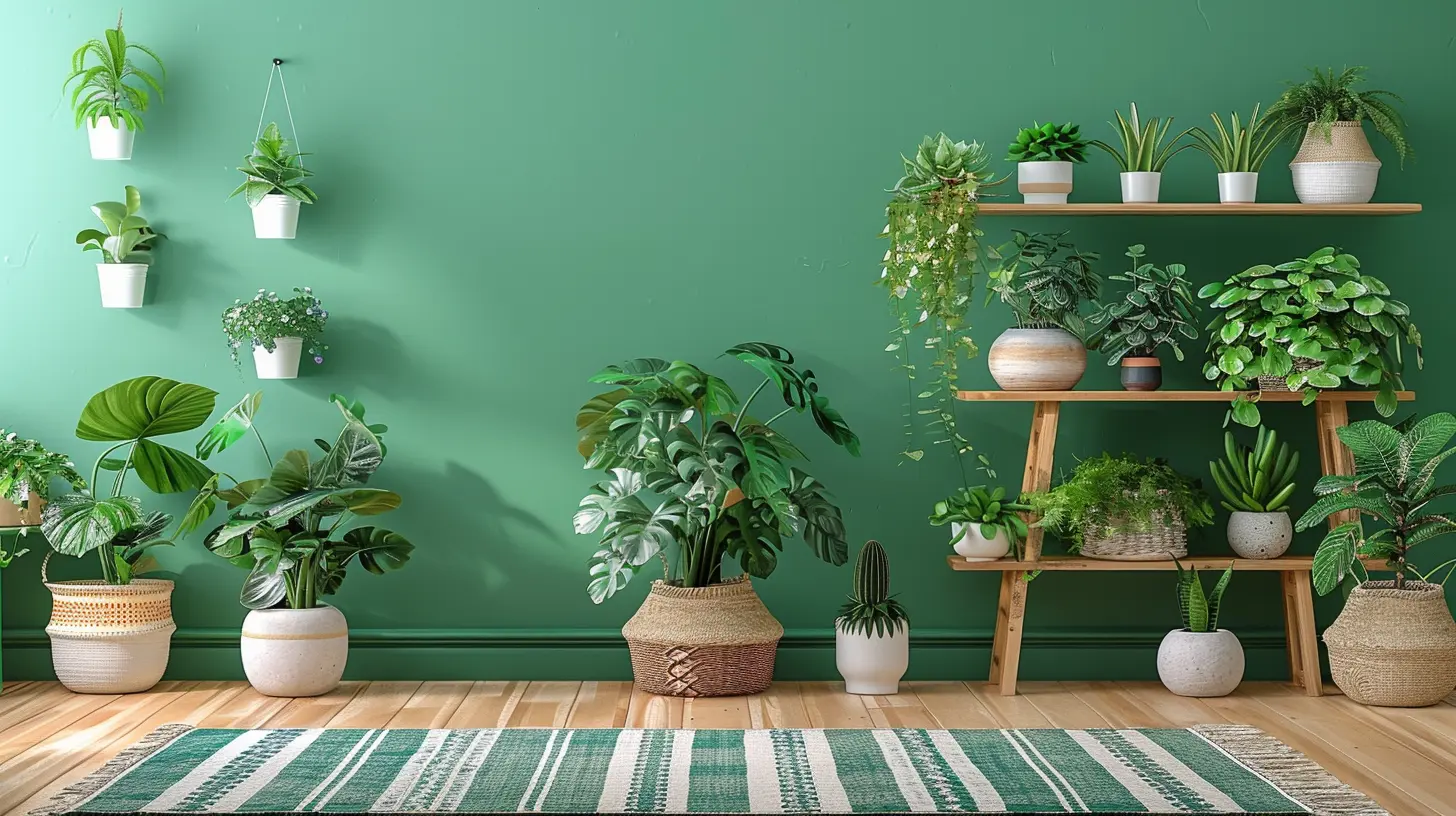How to Move Large Houseplants Without Damaging Them
3 July 2025
Moving can be a stressful process, especially when it comes to transporting large houseplants. These green companions often hold sentimental value and require special care to ensure they arrive at their new home in good health. Unlike furniture or small décor, houseplants are living things—they have specific needs, and one wrong move can leave them in bad shape.
So, how do you safely move large houseplants without damaging them? Let’s break it down step by step. 
1. Prepare Your Plants in Advance
Give Them a Good Trim
A few weeks before your move, trim away any dead or excess leaves. This not only keeps them looking neat but also helps reduce the stress on the plant during transport. Think of it like a haircut before a big event—it makes everything easier to manage!Check for Pests
The last thing you want is to bring unwanted guests into your new home. Inspect your plants for pests like spider mites, aphids, or gnats. If you spot any, treat them with insecticidal soap or neem oil before moving day.Repot If Necessary
If your plant is currently in a breakable or oversized pot, consider rehoming it in a lightweight, plastic container temporarily. Ceramic or terra-cotta pots are great for aesthetics but aren’t the best for transportation—they’re heavy and fragile.Water But Not Too Much
Water your plants a few days before the move, but avoid overwatering. Wet soil makes plants heavier and increases the risk of root rot if they sit in a damp container for too long. Keep the soil slightly moist, but not soggy.
2. Gather the Right Packing Supplies
What You'll Need:
- Sturdy boxes or plastic bins- Packing paper or newspaper
- Bubble wrap (for pots, not plants!)
- Old bed sheets or towels
- Stretch wrap or plastic bags for securing soil
- Tape and labels
Having the right materials makes all the difference when it comes to plant safety. Treat them like fragile cargo because, well, they are! 
3. Secure the Plants for the Move
Wrap the Pots
Since pots can crack or chip during transit, wrap them in bubble wrap or old towels for extra protection. Secure the wrapping with tape to prevent shifting.Protect the Leaves
For tall or bushy plants, loosely wrap them in a bed sheet or use a garbage bag with holes poked in it for airflow. This prevents leaves from getting crushed or tangled. If you have very tall plants, use stretch wrap to gently bind the branches against the main stem.Secure the Soil
To prevent soil from spilling everywhere, cover the top with plastic wrap and tape it down. You can also use newspaper or a damp paper towel to keep the soil in place. Trust me, you don’t want dirt all over your car!Box Them Up If Possible
For smaller large plants (if that makes sense), place them in sturdy boxes with cushioning around them to minimize movement. If your plants are too big for boxes, keep them upright and secure them in a way that prevents tipping over.
4. Transporting Large Houseplants
Use a Personal Vehicle If Possible
Whenever possible, transport your houseplants in your own car rather than the moving truck. The back seat of a car provides a more stable and climate-controlled environment than a bumpy, unpredictable moving van.Keep Temperature in Mind
Plants hate extreme temperatures! Avoid leaving them in a hot car or exposing them to cold drafts. If moving in summer, try to move early in the morning or late in the evening when temperatures are cooler. In winter, wrap pots in blankets to keep the roots warm.Secure the Plants in the Vehicle
Place plants in a way that prevents them from tipping over. Large plants should go on the floor, secured between seats, or next to other stable objects. Avoid stacking anything on top of them.5. Unpacking and Helping Your Plants Adjust
Unwrap Them ASAP
As soon as you arrive at your new home, unwrap and unbox your plants. They need fresh air and light after being covered up for so long.Let Them Acclimate
Avoid repotting or moving them around too much right away. Give them a few days to adjust to their new surroundings before making any changes. Think of it as giving them a breather after a long journey.Find the Perfect Spot
Observe how natural light enters your new home and find the best spot for each plant based on its needs. Some may prefer bright, indirect sunlight, while others thrive in a shady corner.Resume Regular Watering
Since you likely altered their watering routine for the move, now’s the time to get back on track. Keep an eye on them in the first few days to ensure they're not wilting or showing signs of stress.6. Extra Tips for a Smooth Move
- Move plants last so they don’t get squished under furniture or boxes.- Ask for help if you have extra-large plants—don’t risk injuring yourself.
- Use a dolly for heavy pots to avoid straining your back.
- Keep pets away from plants during the move to prevent accidents.
- Label boxes clearly so movers know to handle them with care.
Final Thoughts
Moving large houseplants doesn't have to be a nerve-wracking experience. With some careful preparation and a little TLC, your leafy friends can make the journey safely and start thriving in their new home. Just remember—plants are resilient, but they still need your help to get through the moving process unscathed.So, pack them up with care, give them time to adjust, and soon enough, your new space will feel alive with their presence once more!
all images in this post were generated using AI tools
Category:
Moving TipsAuthor:

Elsa McLaurin
Discussion
rate this article
2 comments
Marley McWain
Great tips! Moving large houseplants can be tricky, but your advice on preparation and gentle handling makes all the difference. I can't wait to try these methods with my own greenery. Thanks for sharing! 🌿✨
November 15, 2025 at 3:56 AM

Elsa McLaurin
Thank you for your feedback! I'm glad you found the tips helpful. Best of luck with your plants! 🌱✨
Callisto McPherson
Great tips on safely relocating large houseplants! The focus on proper support and gentle handling is crucial. I especially appreciated the advice on using protective barriers to prevent damage during transit. Thanks for sharing!
July 18, 2025 at 3:23 AM

Elsa McLaurin
Thank you for your kind words! I'm glad you found the tips helpful for safely relocating your plants. Happy moving!


